Home>diy>Building & Construction>What Does ACM Mean In Construction


Building & Construction
What Does ACM Mean In Construction
Modified: May 6, 2024
Discover the meaning of ACM in construction and its significance in building construction. Learn how ACM materials impact the industry and ensure safety and compliance.
(Many of the links in this article redirect to a specific reviewed product. Your purchase of these products through affiliate links helps to generate commission for Storables.com, at no extra cost. Learn more)
Introduction
Construction is a complex and ever-evolving industry that relies on various materials and techniques to create strong and durable structures. One material that has gained significant popularity in recent years is ACM, which stands for Aluminum Composite Material. ACM is a versatile building material that offers a range of benefits in terms of aesthetics, functionality, and sustainability.
In this article, we will explore the meaning of ACM in construction, its common uses, the benefits it brings to construction projects, and the various types of ACM materials available. We will also delve into the installation process of ACM, its environmental impact, safety considerations, maintenance practices, and the regulations and codes that govern its use. To illustrate its applications, we will discuss some real-world case studies where ACM has been successfully implemented.
By the end of this article, you will have a comprehensive understanding of ACM and its significance in the construction industry.
Key Takeaways:
- ACM, or Aluminum Composite Material, is a versatile and durable building material that offers design flexibility, energy efficiency, and low maintenance requirements, making it a sought-after choice for modern construction projects.
- When working with ACM in construction, it is crucial to prioritize safety considerations, adhere to regulations and codes, and implement proper maintenance practices to ensure the longevity and performance of ACM panels.
Definition of ACM
ACM, or Aluminum Composite Material, refers to a type of building material that is composed of two layers of aluminum sheets bonded to a core material. The core material is typically made of polyethylene, a plastic material known for its durability and lightweight properties. This combination of materials creates a composite panel that has exceptional strength, rigidity, and thermal properties.
ACM panels are available in a wide range of thicknesses and sizes, making them versatile for different construction applications. The aluminum sheets on the outer layers of the panel provide protection against weather elements, corrosion, and UV rays, while the core material provides insulation and rigidity. This composite structure gives ACM panels distinct advantages over traditional materials such as steel or wood.
ACM panels are commonly used for both exterior and interior applications in construction. Their versatility allows them to be used in various sectors, including commercial, residential, industrial, healthcare, and educational buildings. From façade cladding to signage, interior partitions to furniture, ACM plays a significant role in enhancing the aesthetics and functionality of modern structures.
Moreover, ACM panels come in a wide range of colors, finishes, and textures, allowing architects and designers to achieve their desired aesthetic vision. Whether it is a sleek metallic finish, a wood grain appearance, or a vibrant color palette, ACM offers countless options that can bring creativity and elegance to any construction project.
Overall, the definition of ACM in construction refers to a composite material made of aluminum sheets bonded to a core material, characterized by its strength, versatility, and aesthetic appeal. By harnessing the unique properties of aluminum and the durability of polyethylene, ACM has become a sought-after material choice for modern construction projects.
Uses of ACM in Construction
ACM, or Aluminum Composite Material, offers a wide range of uses in the construction industry. Its versatility and durability make it an ideal choice for various applications, both in exterior and interior environments.
- Façade Cladding: One of the most common uses of ACM in construction is for façade cladding. ACM panels can be used to cover the exteriors of buildings, providing weather protection, insulation, and an attractive aesthetic. The lightweight nature of ACM makes it easy to install and reduces the load on the building structure.
- Architectural Features: ACM is often used to create architectural features such as column covers, canopy cladding, and entrance portals. These features enhance the visual appeal of the building and can be customized to meet the design requirements of the project.
- Interior Partitions: ACM panels are also used for interior partitions in commercial spaces or public buildings. They offer sound insulation properties, create visually appealing divisions, and can be easily integrated with other interior finishes.
- Signage and Branding: ACM panels are a popular choice for outdoor signage, billboards, and corporate branding. They provide a smooth surface for printing graphics, logos, and other visual elements, making them an excellent medium for promoting a brand or displaying information.
- Furniture and Fixtures: ACM can be used to create custom furniture and fixtures such as cabinets, countertops, display cases, and shelving units. Its durability, ease of maintenance, and aesthetic appeal make it a preferred material in commercial and residential settings.
- Ceiling Panels: ACM panels can be used as ceiling panels to create a modern and uniform look in commercial or institutional buildings. The panels can be installed in a suspended grid system or directly attached to the ceiling structure.
- Bathroom Partitions: ACM panels are often used for bathroom partitions in commercial spaces due to their moisture resistance and easy cleaning properties. They offer a sleek and polished appearance, enhancing the overall aesthetics of the restroom.
- Exterior Canopies: ACM can be used to create exterior canopies, providing shade and protection from the elements. These canopies are commonly found in entrances, parking areas, and outdoor seating spaces.
These are just a few examples of the versatile uses of ACM in construction. Its lightweight, durable, and customizable properties make it an excellent choice for architects, designers, and contractors aiming to create aesthetically pleasing and functional structures.
Benefits of ACM in Construction
ACM, or Aluminum Composite Material, offers numerous benefits in construction, making it a popular choice among architects, builders, and designers. Here are some of the key advantages of using ACM in construction projects:
- Durability: ACM panels are highly durable, able to withstand harsh weather conditions, extreme temperatures, and UV radiation. The aluminum outer layers provide protection against corrosion, ensuring the longevity of the panels.
- Lightweight: ACM is incredibly lightweight compared to other construction materials, which makes it easier to handle, transport, and install. This reduces the labor and time required for construction projects.
- Strength: While being lightweight, ACM panels are also structurally strong, providing stability and resistance to impact. The composite structure of ACM, with the aluminum sheets bonded to the core material, creates a rigid and robust material capable of withstanding external forces.
- Design Flexibility: ACM offers a wide range of design possibilities. It comes in various colors, finishes, and textures, allowing for customization and integration with different architectural styles. The panels can be easily cut and shaped to achieve unique shapes and patterns.
- Energy Efficiency: ACM panels can contribute to the energy efficiency of a building. The insulation properties of the core material help in reducing heat gain or loss, improving thermal performance, and reducing energy consumption for heating and cooling.
- Low Maintenance: ACM requires minimal maintenance compared to other materials. The smooth aluminum surface is easy to clean, and the panels do not require painting or sealing. Routine cleaning with mild soap and water is typically sufficient to keep them looking new and fresh.
- Fire Resistance: ACM panels are inherently fire-resistant and can be manufactured to meet specific fire codes and regulations. The use of fire-retardant core materials further enhances their fire safety properties, making them suitable for use in commercial and public buildings.
- Sustainability: ACM panels are recyclable, contributing to sustainable construction practices. The aluminum used in the production of ACM can be recycled with minimal energy consumption and without losing its properties. Additionally, the lightweight nature of ACM reduces the carbon footprint associated with transportation and installation.
These benefits make ACM an attractive choice for construction projects, combining durability, design versatility, energy efficiency, and environmental sustainability. Whether it’s for façade cladding, interior partitions, signage, or other applications, ACM provides long-lasting and aesthetically pleasing results.
Common Types of ACM Used in Construction
ACM, or Aluminum Composite Material, is available in various types and configurations to cater to different construction needs. Here are some of the most common types of ACM used in the industry:
- Standard ACM Panels: Standard ACM panels consist of two aluminum sheets bonded to a polyethylene core. These panels are lightweight, durable, and widely used for exterior cladding applications. They come in various thicknesses, typically ranging from 3mm to 6mm, and offer a range of color and finish options.
- Fire-Retardant ACM Panels: Fire-retardant ACM panels are designed to provide enhanced fire resistance. They have a core material that is specially treated to inhibit the spread and intensity of flames. These panels are commonly used in applications where fire safety is a critical consideration.
- Unbreakable ACM Panels: Unbreakable ACM panels are engineered to provide extreme impact resistance. They are reinforced with additional layers or heavier core materials to make them highly durable and resistant to breakage. These panels are often employed in high-traffic areas or areas prone to vandalism.
- Brushed or Metallic Finish ACM Panels: Brushed or metallic finish ACM panels offer a unique aesthetic appeal with a brushed or textured surface that mimics the look of metal. These panels can add a contemporary and industrial touch to buildings, making them popular for architectural features or interior design elements.
- Wood Grain Finish ACM Panels: Wood grain finish ACM panels combine the durability of aluminum with the natural appearance of wood. These panels feature a printed wood grain pattern on the surface, providing a warm and inviting look. They are often used for both interior and exterior applications, offering the visual appeal of wood without the maintenance requirements.
- Printed ACM Panels: Printed ACM panels allow for customization and branding opportunities. They can be digitally printed with graphics, logos, or artwork onto the surface of the panel, creating eye-catching designs. Printed ACM panels are commonly used in signage, retail displays, and corporate branding applications.
- Specialty ACM Panels: Specialty ACM panels include unique configurations or specialized features to meet specific project requirements. Examples include perforated ACM panels for improved airflow or sound absorption, translucent ACM panels for diffused lighting effects, and curved ACM panels for creating unique architectural elements.
These are just a few examples of the common types of ACM panels used in construction. Each type has its own unique properties and applications, allowing architects, designers, and builders to select the most suitable option for their specific project requirements.
Read more: What Does Subgrade Mean In Construction
Installation Process of ACM
The installation process of ACM, or Aluminum Composite Material, involves several key steps to ensure a secure and visually appealing result. Here is a general overview of the installation process:
- Preparation: Before starting the installation, the area where the ACM panels will be installed needs to be prepared. This may include cleaning the surface, removing any existing cladding, and ensuring proper waterproofing and insulation measures are in place.
- Panel Layout and Cutting: Once the preparation is complete, the layout of the ACM panels is determined. This involves measuring the dimensions of the panels, cutting them to the required sizes, and marking the installation points on the surface.
- Substrate Installation: The substrate, which is the base material on which the ACM panels will be installed, needs to be properly prepared. This may involve installing furring strips or a metal track system to create a stable and level surface for the panel installation.
- Panel Attachment: The ACM panels are then attached to the substrate using an appropriate fixing method. This can include mechanical fasteners, adhesive bonding, or a combination of both. It is essential to follow the manufacturer’s guidelines and ensure that the panels are securely fastened to withstand wind loads and other external forces.
- Panel Joining: In cases where multiple panels need to be joined together, a panel joining system is used. This allows for a seamless appearance and ensures water tightness. Panel joints may be installed either vertically or horizontally, depending on the design and aesthetic requirements.
- Trimming and Finishing: After the panels are securely attached and joined, any excess material is trimmed and edges are finished. This involves cutting the panels to the desired length, smoothing the edges, and applying appropriate trim pieces to ensure a clean and professional look.
- Sealing and Weatherproofing: To achieve proper weatherproofing and ensure the longevity of the ACM installation, proper sealing and weatherproofing measures are taken. This may include applying sealant to panel joints and edges, installing flashings and drip edges, and incorporating appropriate waterproof membranes.
- Final Inspection: Once the installation is complete, a final inspection is conducted to ensure that all panels are properly installed, aligned, and secured. The entire installation is reviewed for any potential issues or defects that need to be addressed before the project is considered complete.
It is important to note that the installation process may vary depending on the specific project requirements, building codes, and manufacturer’s recommendations. It is recommended to consult with professionals and follow guidelines to ensure a successful and efficient installation of ACM panels.
ACM stands for “aluminum composite material” in construction. It is a lightweight, durable material often used for cladding and facade systems. Be sure to check local building codes and regulations when using ACM in construction projects.
Environmental Impact of ACM in Construction
When considering the environmental impact of ACM, or Aluminum Composite Material, in construction, it is essential to examine both its positive and negative aspects. Here are some key factors to consider:
Positive Environmental Impact:
- Recyclability: One significant advantage of ACM is its recyclability. Aluminum is a fully recyclable material, and the recycling process requires only a fraction of the energy needed for primary aluminum production. Recycling ACM panels helps to conserve resources and reduce waste sent to landfills.
- Lightweight: The lightweight nature of ACM panels has several environmental benefits. Firstly, it reduces the energy required for transportation and installation compared to heavier building materials. Secondly, it puts less strain on building structures, potentially allowing for more sustainable and cost-effective designs.
- Energy Efficiency: ACM panels can contribute to the energy efficiency of buildings. The insulation properties of the core material help to reduce heat transfer through the building envelope, improving thermal performance and reducing energy consumption for heating and cooling.
- Durability: ACM panels are durable and have a long lifespan. Their resistance to weather elements, UV radiation, and corrosion means they require minimal maintenance and replacement over time. This longevity reduces the demand for new materials and reduces construction waste.
Negative Environmental Impact:
- Manufacturing Process: The manufacturing process of ACM panels involves energy-intensive processes, including the extraction of aluminum from bauxite ore and the production of aluminum sheets. While aluminum is highly recyclable, the initial production does have an environmental impact due to energy consumption and associated emissions.
- Disposal: Although ACM is recyclable, proper recycling infrastructure and processes must be in place to ensure the material is properly handled at the end of its life cycle. Improper disposal of ACM panels can result in environmental pollution and waste accumulation.
- Carbon Footprint: The transportation of ACM panels from manufacturing facilities to construction sites can contribute to the carbon footprint of a project. Minimizing transportation distances and choosing local suppliers can help reduce the environmental impact associated with transportation.
To minimize the negative environmental impact and maximize the positive attributes of ACM, sustainable construction practices can be employed. These include optimizing the design to reduce material waste, implementing efficient installation methods, prioritizing recycling and responsible disposal of ACM panels at the end of their life cycle, and choosing ACM manufacturers with strong environmental policies and certifications.
It is important for architects, designers, and contractors to consider the environmental impact of ACM alongside other factors when making material choices. By considering the whole life cycle of ACM panels and implementing sustainable practices, the environmental footprint of ACM in construction can be minimized.
Safety Considerations for ACM in Construction
When working with ACM, or Aluminum Composite Material, in construction projects, it is essential to prioritize safety measures to ensure the well-being of both workers and occupants of the building. Here are some key safety considerations to keep in mind:
Fire Safety:
- Fire-Retardant Properties: Selecting fire-retardant ACM panels can enhance the fire safety of the building. These panels have a core material that is specially treated to resist the spread and intensity of flames. It is crucial to verify that the ACM panels used in the project meet applicable fire codes and regulations.
- Fire Barriers and Protection: Proper installation of fire barriers and protective systems is important to prevent the spread of fire within the building. This includes fire-resistant sealants and appropriately installed firestops to maintain the integrity of fire-rated assemblies where ACM panels are used.
Structural Integrity:
- Engineering and Design: ACM panels should be properly engineered and designed to ensure their structural integrity. It is crucial to follow the manufacturer’s guidelines and recommendations for installation, including proper fastening and reinforcement techniques.
- Wind Load Considerations: ACM panel installations should take into account wind load calculations to ensure that the panels can withstand high winds and severe weather conditions. Failure to properly account for wind loads can result in panels becoming dislodged or damaged.
- Proper Installation: Adhering to industry best practices and guidelines during the installation process can help maintain the structural integrity of ACM panels. This includes using appropriate tools, techniques, and fastening methods as recommended by the manufacturer.
Worker Safety:
- Training and Education: Workers involved in the installation or handling of ACM panels should receive proper training and education on safe work practices and procedures. This includes understanding how to work with the material safely, as well as the use of personal protective equipment (PPE).
- Safe Handling: ACM panels should be handled with care to prevent injuries. Workers should be trained in proper lifting techniques, use appropriate equipment for moving and positioning panels, and wear protective gloves to avoid cuts or scrapes.
- Fall Protection: When working at heights during ACM panel installation, proper fall protection measures should be in place. This includes the use of safety harnesses, guardrails, and scaffolding to prevent falls and ensure worker safety.
It is important to consult with safety professionals and adhere to local regulations and codes to ensure compliance with safety standards when working with ACM panels. By prioritizing fire safety, structural integrity, and worker safety, the risks associated with ACM in construction can be mitigated, providing a safe and secure environment for all individuals involved.
Maintenance of ACM in Construction
Maintaining ACM, or Aluminum Composite Material, is essential to ensure its longevity, performance, and appearance. By implementing a proper maintenance plan, you can keep ACM panels in optimal condition. Here are some key considerations for the maintenance of ACM in construction:
Regular Cleaning:
Regular cleaning is important to remove dirt, dust, pollutants, and other debris from the surface of the ACM panels. This not only keeps them looking clean and attractive but also helps to prevent the buildup of contaminants that can potentially damage the finish over time.
It is recommended to clean ACM panels at least once or twice a year, depending on the location and environmental conditions. This can be done using a soft cloth or sponge, mild detergent, and water. Avoid using abrasive cleaners or materials that can scratch or damage the surface of the panels.
Inspection and Repair:
Periodic inspection of ACM panels is crucial to identify any signs of damage, such as dents, scratches, or cracks. Regular inspections allow for early detection of issues, enabling prompt repairs to prevent further damage or deterioration.
In case of minor damage, such as surface scratches, these can be repaired using specialized touch-up paint or repair kits available from ACM panel manufacturers. Larger damages or structural issues should be addressed by qualified professionals to ensure proper repairs are carried out.
Sealant Maintenance:
Sealant joints and connections in ACM installations should be regularly inspected and maintained. Over time, weathering and natural aging can cause sealants to deteriorate or lose their effectiveness. It is important to check for any gaps, cracks, or signs of deteriorating sealant and to replace or repair as necessary. This ensures the continued weatherproofing and longevity of the ACM installation.
Preventive Measures:
Maintaining the performance and appearance of ACM panels can be aided by implementing preventive measures. For example:
- Regular Gutter Inspection and Cleaning: Proper maintenance of gutters and downspouts minimizes the risk of water accumulation and reduces the chance of water seeping behind the ACM panels.
- Landscape Management: Maintaining the surrounding landscaping can prevent damage to ACM panels from overgrown vegetation or potential impact from fallen branches.
- Coating or Protective Films: Applying suitable coatings or protective films to ACM panels can provide an added layer of protection against UV rays, weathering, and potential scratching or wear.
It is important to refer to the manufacturer’s recommendations and guidelines for maintenance specific to the type and brand of ACM panels being used. By implementing a regular maintenance routine and promptly addressing any issues, you can extend the lifespan of ACM panels and keep them looking their best for years to come.
Read more: What Does “VE” Mean In Construction
Regulations and Codes for ACM in Construction
When using ACM, or Aluminum Composite Material, in construction projects, it is important to comply with applicable regulations and codes to ensure the safety and quality of the installation. Here are some key regulations and codes to consider:
Building Codes:
Building codes are regulations that provide standards for the design, construction, and maintenance of buildings. They are put in place to ensure the safety, functionality, and accessibility of structures. Depending on the location, building codes may be established at the national, state, or local level.
Building codes typically cover various aspects of construction, including structural integrity, fire safety, accessibility, and energy efficiency. It is essential to consult the relevant building codes for your specific jurisdiction to ensure compliance when using ACM panels.
Fire Codes:
Fire codes are specific regulations that focus on fire safety measures within buildings. These codes outline requirements for fire-resistant materials, fire suppression systems, emergency exits, and evacuation plans. Fire codes often differ from building codes and may have additional or more stringent requirements.
When using ACM panels, it is crucial to ensure that they meet the necessary fire rating requirements specified in the local fire codes. This may include the use of fire-retardant ACM panels or the incorporation of additional fire-resistant elements in the overall design of the building.
Environmental Regulations:
Environmental regulations aim to protect the environment and ensure sustainable practices in construction. They may involve restrictions on emissions, waste management, and energy efficiency. While ACM panels themselves are not typically subject to specific environmental regulations, it is important to consider the impact of ACM production, disposal, and recycling on the environment.
In jurisdictions with stringent environmental regulations, it is advisable to choose ACM manufacturers and suppliers that adhere to sustainable practices and have appropriate certifications, such as ISO 14001 for environmental management systems.
Local Regulations and Zoning:
Local regulations and zoning ordinances can vary greatly from one jurisdiction to another. They may impose specific requirements regarding the use of materials, building height and size, setbacks, and aesthetic considerations. Compliance with these regulations is necessary to obtain the required permits and approvals for the construction project.
When incorporating ACM panels, it is important to consult local authorities and obtain the necessary permits and approvals to ensure compliance with local regulations and zoning requirements.
It is essential to work closely with architects, designers, contractors, and local authorities to ensure that all relevant regulations and codes are followed when using ACM panels in construction. By adhering to these regulations, you can ensure the safety, quality, and compliance of the ACM installation.
Case Studies of ACM Applications in Construction
ACM, or Aluminum Composite Material, has been widely used in construction projects around the world, offering versatility, durability, and aesthetic appeal. Here are a few examples of case studies that highlight the successful application of ACM:
1. Burj Khalifa, Dubai, UAE:
The Burj Khalifa, the world’s tallest building, showcases the use of ACM panels extensively. The distinctive cladding of the building features reflective silver ACM panels that not only enhance its sleek and modern appearance but also offer protection against the harsh desert climate.
2. One World Trade Center, New York City, USA:
One World Trade Center, the iconic skyscraper built on the site of the former World Trade Center towers, incorporates ACM panels as part of its exterior cladding. The panels, with a silver metallic finish, help to create a modern and visually striking façade while providing weather resistance and durability.
3. Beijing National Stadium (Bird’s Nest), Beijing, China:
The Beijing National Stadium, which served as the main venue for the 2008 Summer Olympics, features a unique façade made of ACM panels. The panels, with a red metallic finish, contribute to the distinctive appearance of the stadium, resembling a “birds’ nest” and making it an architectural landmark.
4. Amazon Spheres, Seattle, USA:
The Amazon Spheres in Seattle, a unique workspace and urban biodiversity showcase, utilize ACM panels for their transparent dome structure. The panels provide insulation, energy efficiency, and sound control within the spheres, while maintaining a sleek and modern aesthetic.
5. Yas Hotel, Abu Dhabi, UAE:
The Yas Hotel in Abu Dhabi is an architectural marvel that incorporates ACM panels with programmable LED lighting systems. The panels create a dynamic display of colors and visual effects, making the hotel a vibrant and captivating landmark.
6. Soumaya Museum, Mexico City, Mexico:
The Soumaya Museum in Mexico City features a striking façade clad entirely in ACM panels. The reflective silver panels provide a visually stunning exterior and protect the artwork displayed within the museum from sun exposure, ensuring a controlled environment for preservation.
These case studies demonstrate the diverse range of applications for ACM in construction, from iconic skyscrapers to cultural landmarks. ACM panels have proven to be an excellent choice for architects and designers seeking durability, aesthetic versatility, and superior performance in their projects.
Conclusion
ACM, or Aluminum Composite Material, has become an integral part of the construction industry, offering a myriad of benefits and endless possibilities in architectural design. From its definition and common uses to its environmental impact and safety considerations, ACM has proven to be a versatile and reliable building material.
Throughout this article, we explored the various aspects of ACM in construction. We discussed the definition of ACM and its composition as a composite material consisting of aluminum sheets bonded to a core material. We examined its wide range of uses, including façade cladding, architectural features, signage, and interior applications, all of which contribute to the enhancement of aesthetics and functionality in modern buildings.
The benefits of ACM in construction are evident, ranging from its durability, lightweight nature, and strength, to its design flexibility, energy efficiency, and low maintenance requirements. ACM panels offer a sustainable and visually appealing solution that can withstand various weather conditions and provide long-lasting performance.
While ACM brings numerous advantages to construction projects, it is crucial to consider safety considerations and adhere to regulations and codes. Attention should be given to fire safety, structural integrity, and worker safety, ensuring that proper installation techniques and maintenance practices are followed to minimize risks and ensure compliance.
Several case studies highlighted the successful application of ACM in iconic buildings around the world, showcasing its versatility and ability to create visually stunning architectural designs. From skyscrapers to cultural landmarks, ACM has proven to be a valuable and sought-after material choice in the construction industry.
In conclusion, ACM plays a significant role in modern construction, offering durability, design versatility, and sustainable solutions. As the construction industry continues to evolve, ACM will undoubtedly remain a go-to material for architects, designers, and builders looking to create functional and aesthetically pleasing structures that stand the test of time.
Curious about how projects are efficiently managed from start to finish? Our next piece sheds light on the art of construction management, guiding you through the roles, strategies, and tools that keep everything on track. Whether you're a novice looking to understand the basics or a seasoned pro aiming to brush up on cutting-edge techniques, you'll find invaluable insights. Don't miss out on mastering the essentials of steering projects to success!
Frequently Asked Questions about What Does ACM Mean In Construction
Was this page helpful?
At Storables.com, we guarantee accurate and reliable information. Our content, validated by Expert Board Contributors, is crafted following stringent Editorial Policies. We're committed to providing you with well-researched, expert-backed insights for all your informational needs.
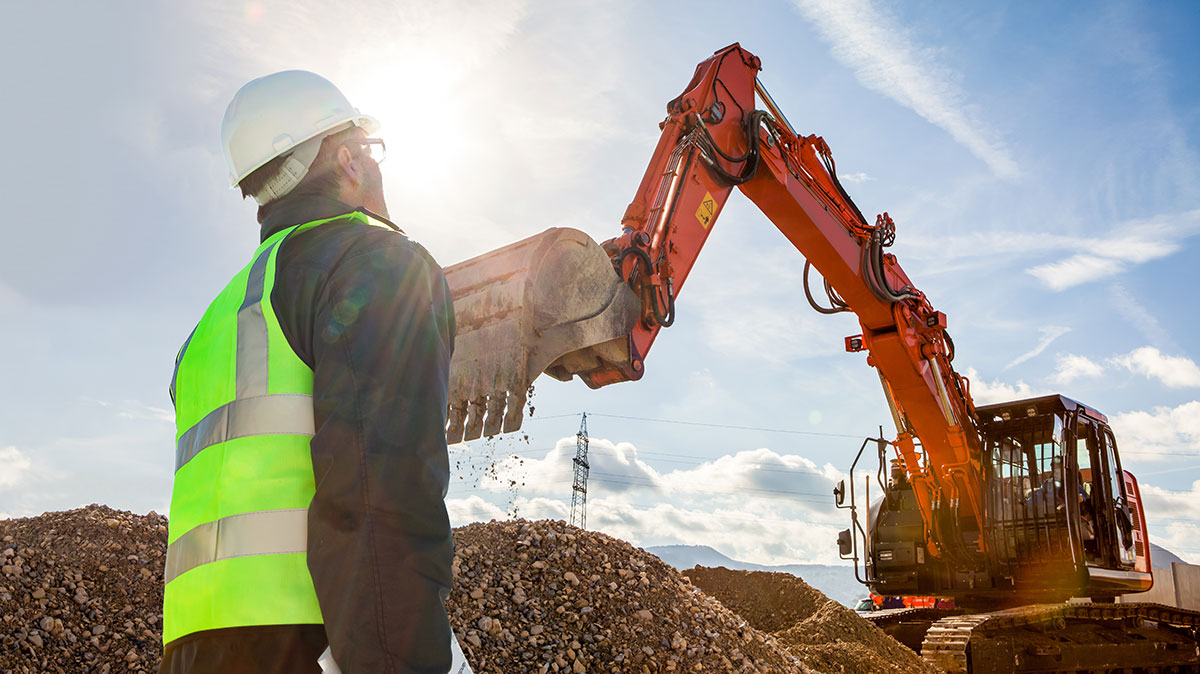
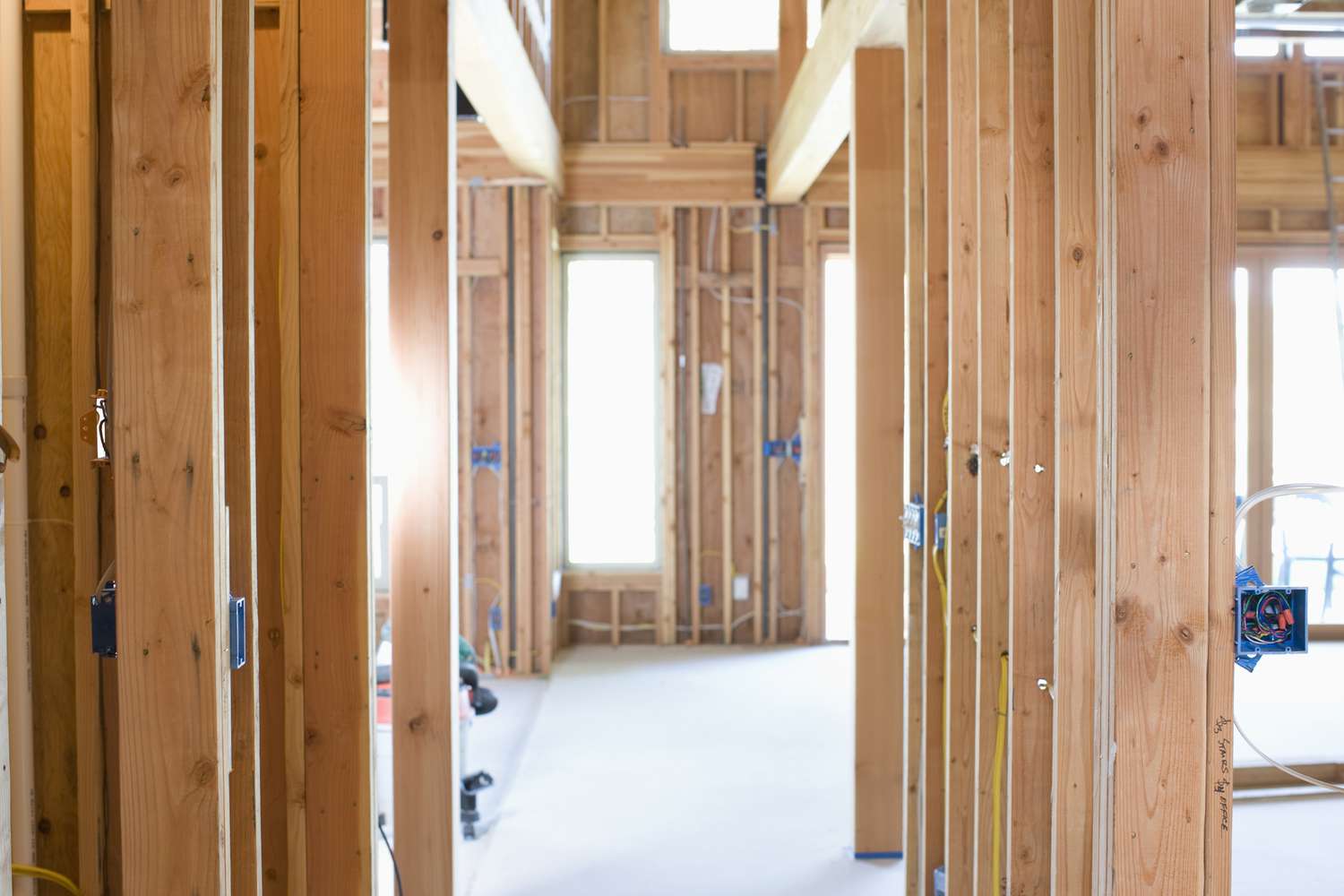
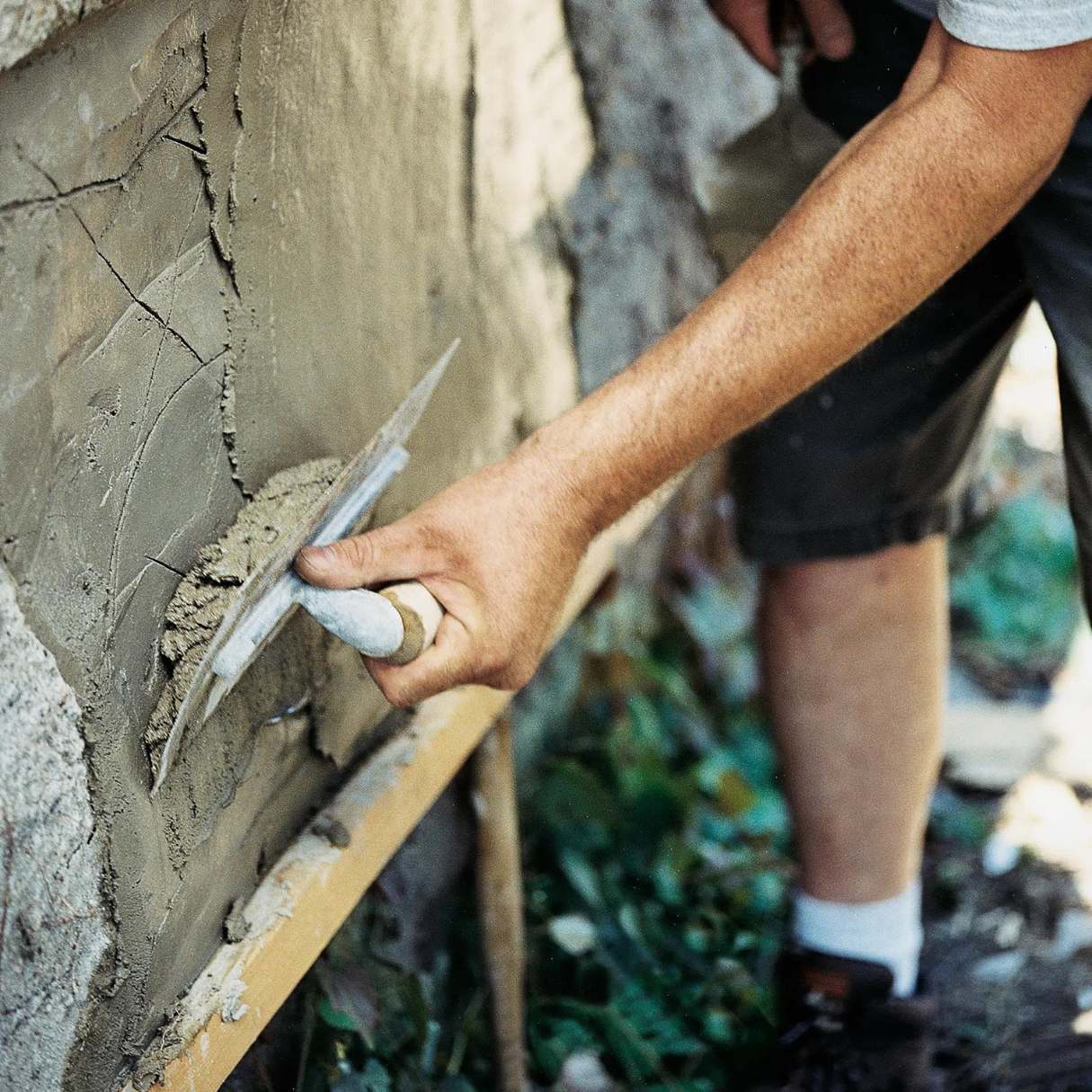
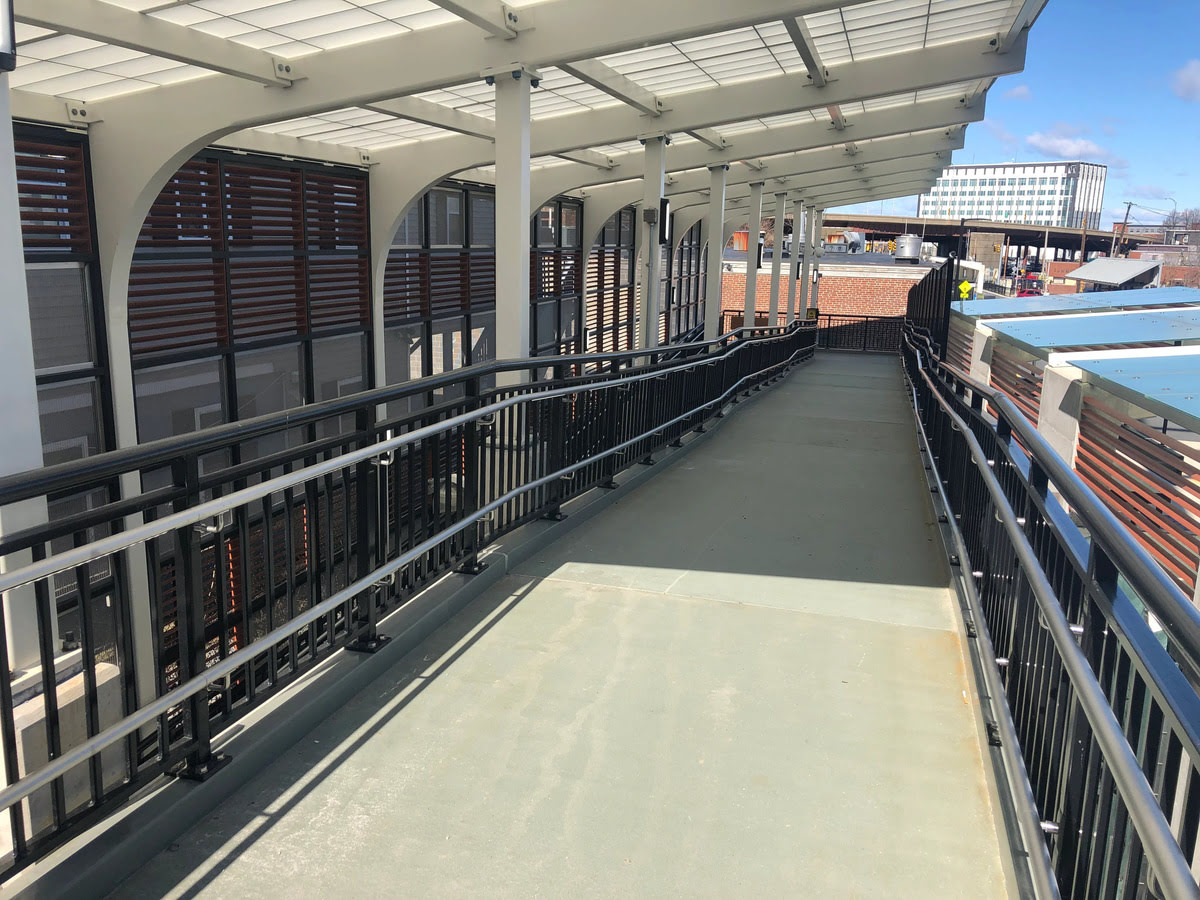
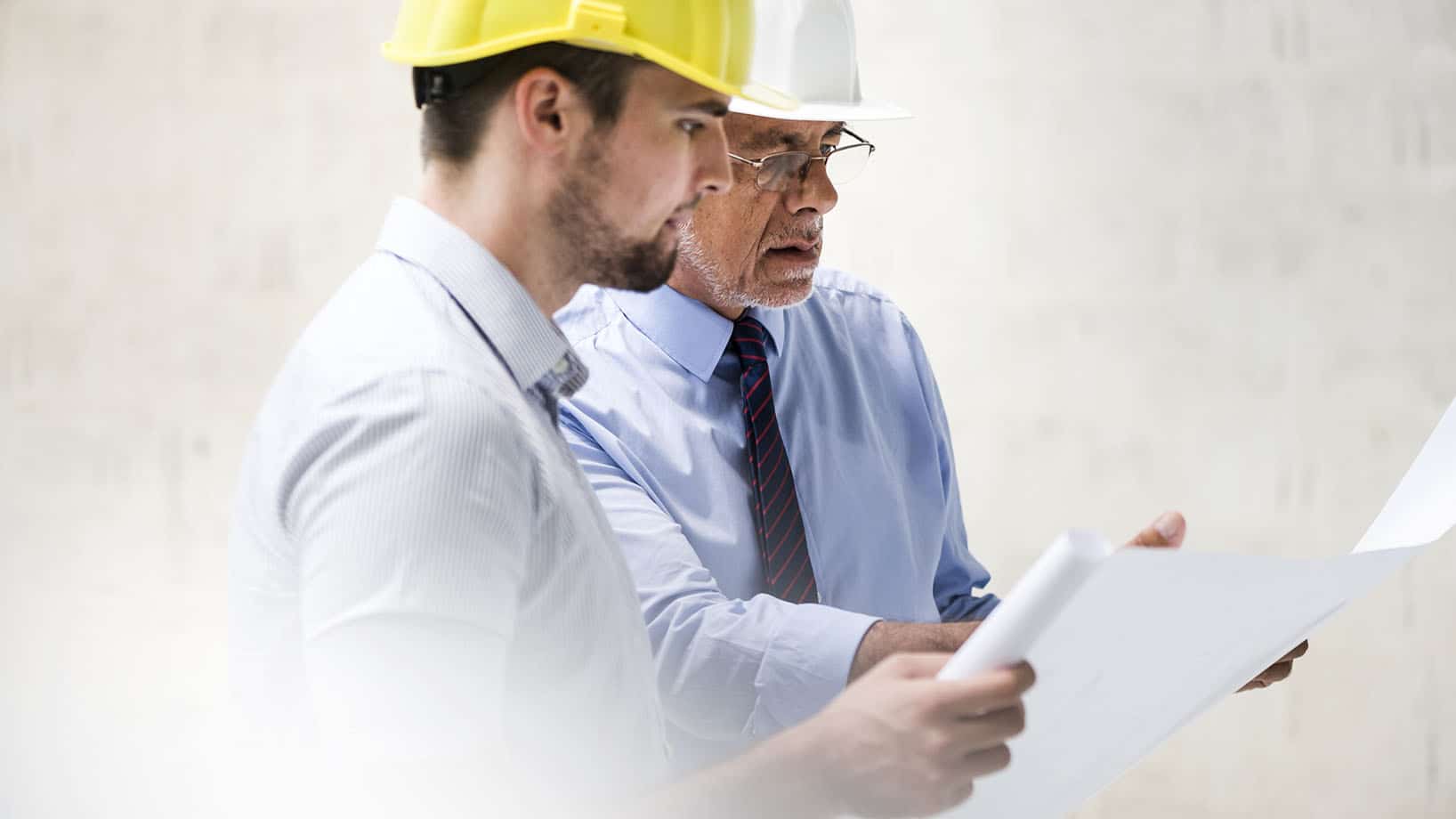
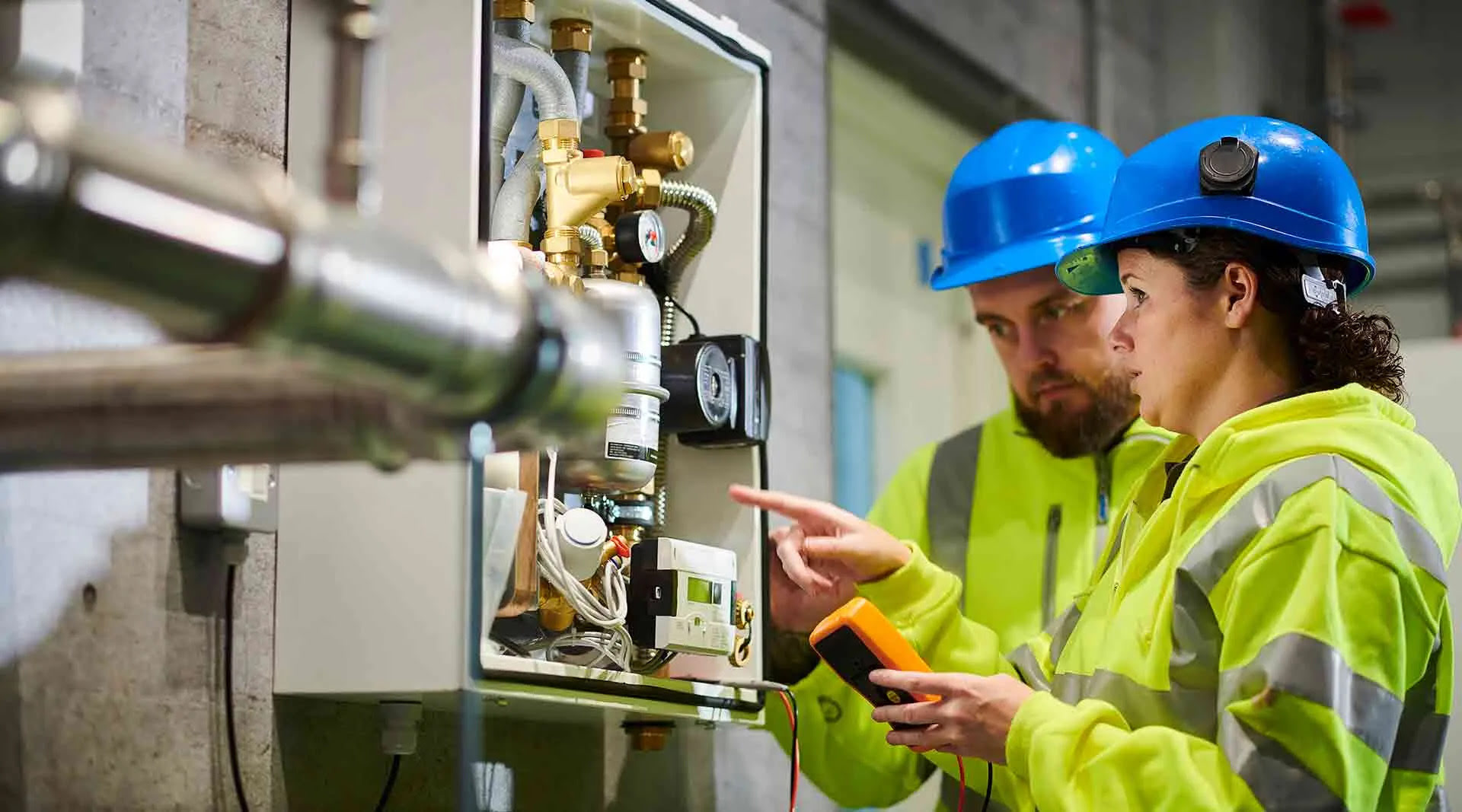
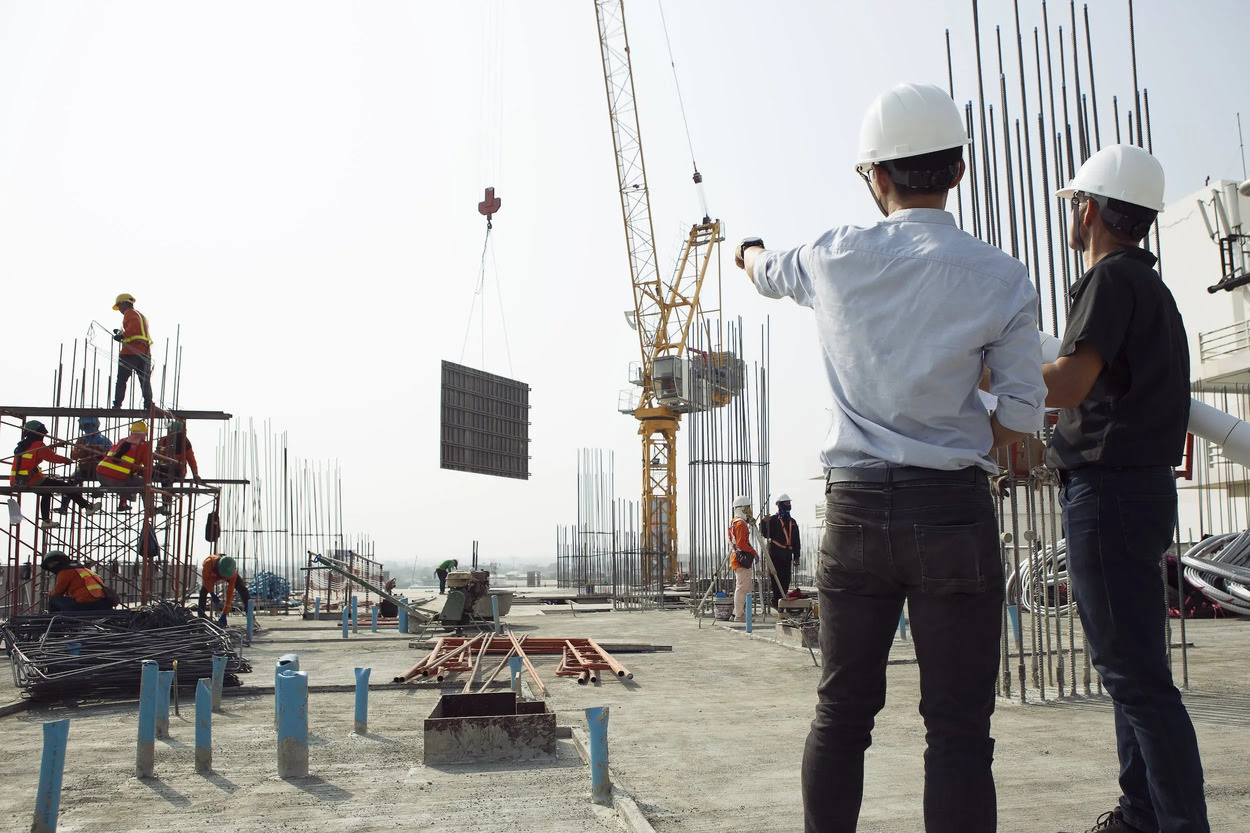
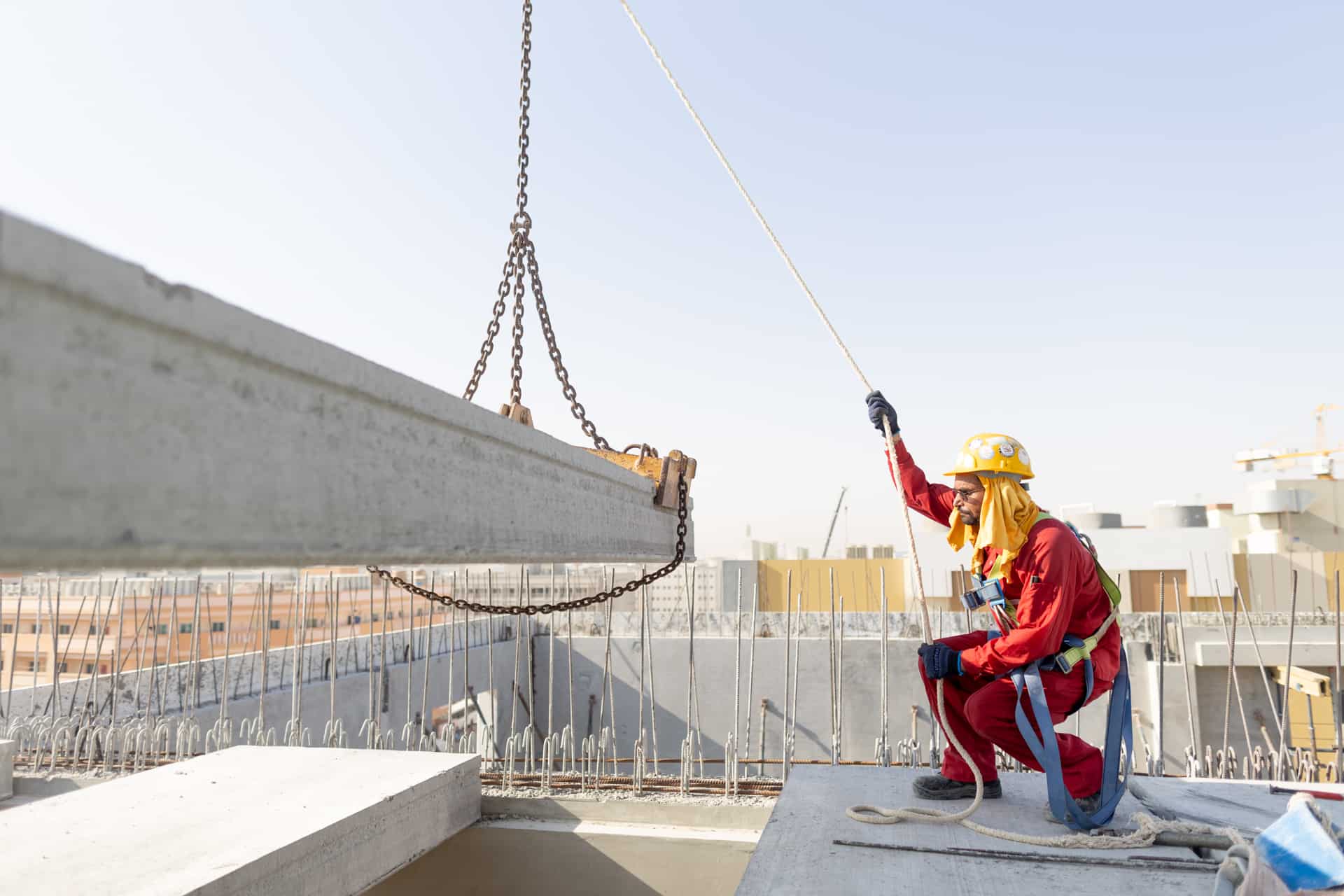
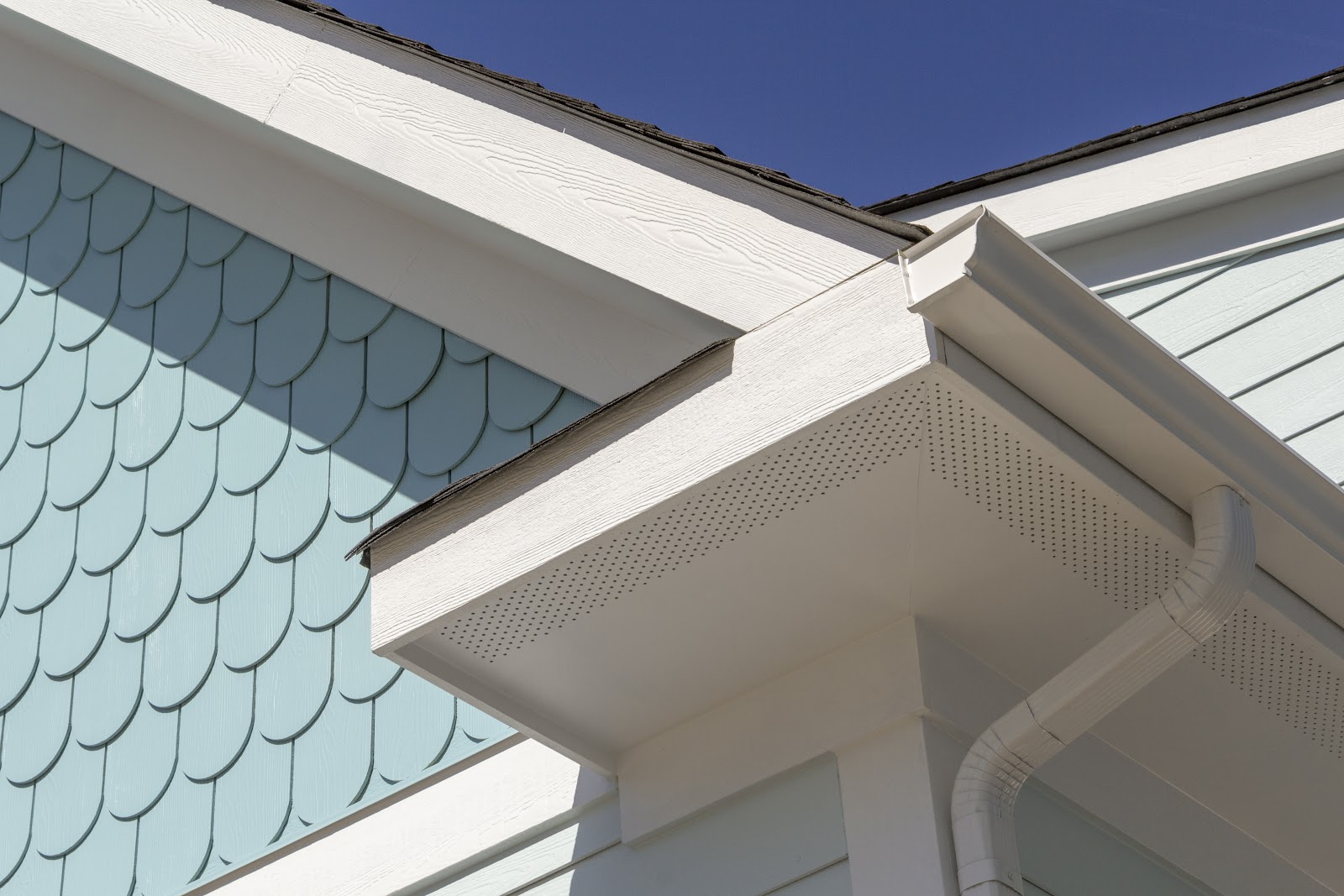
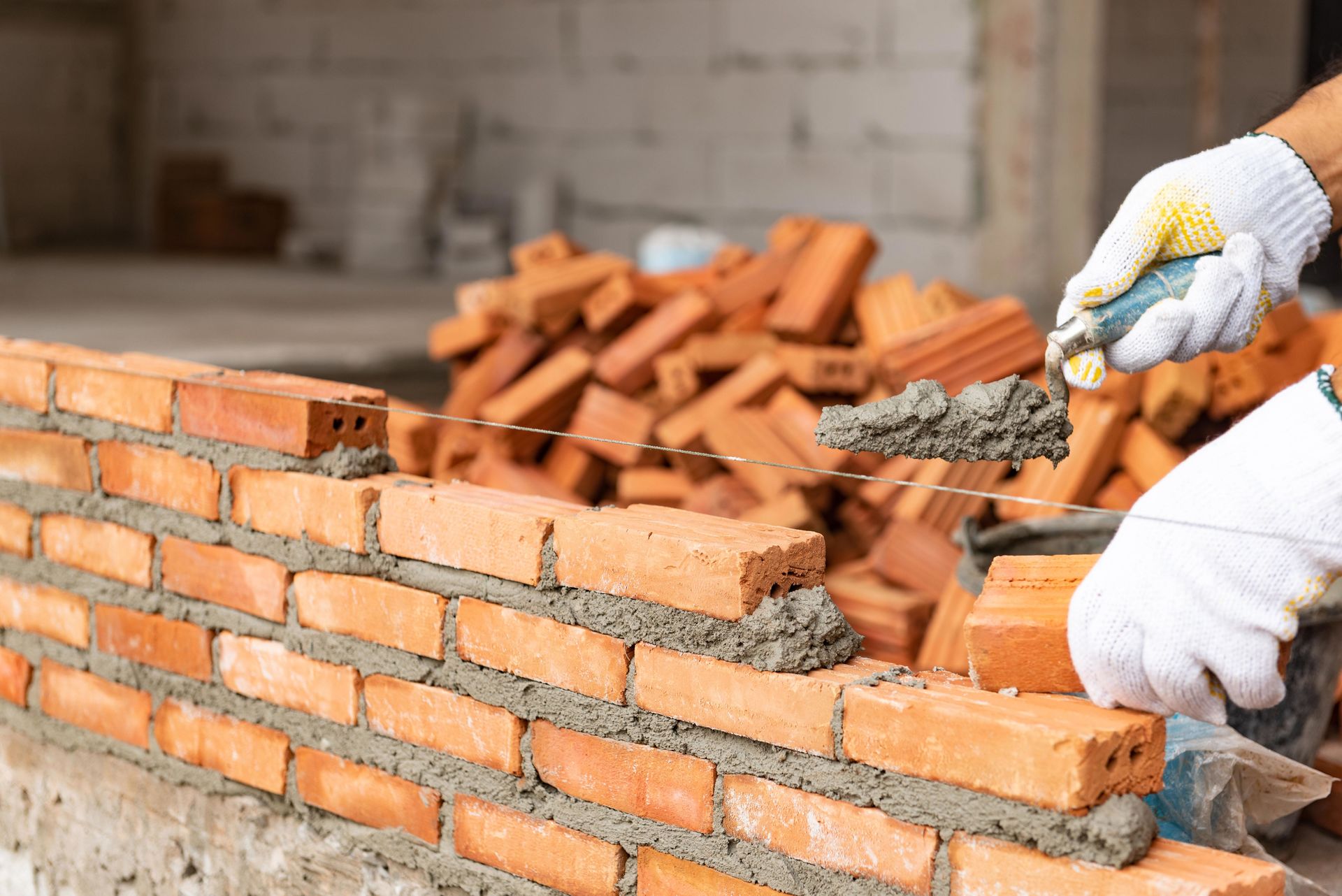
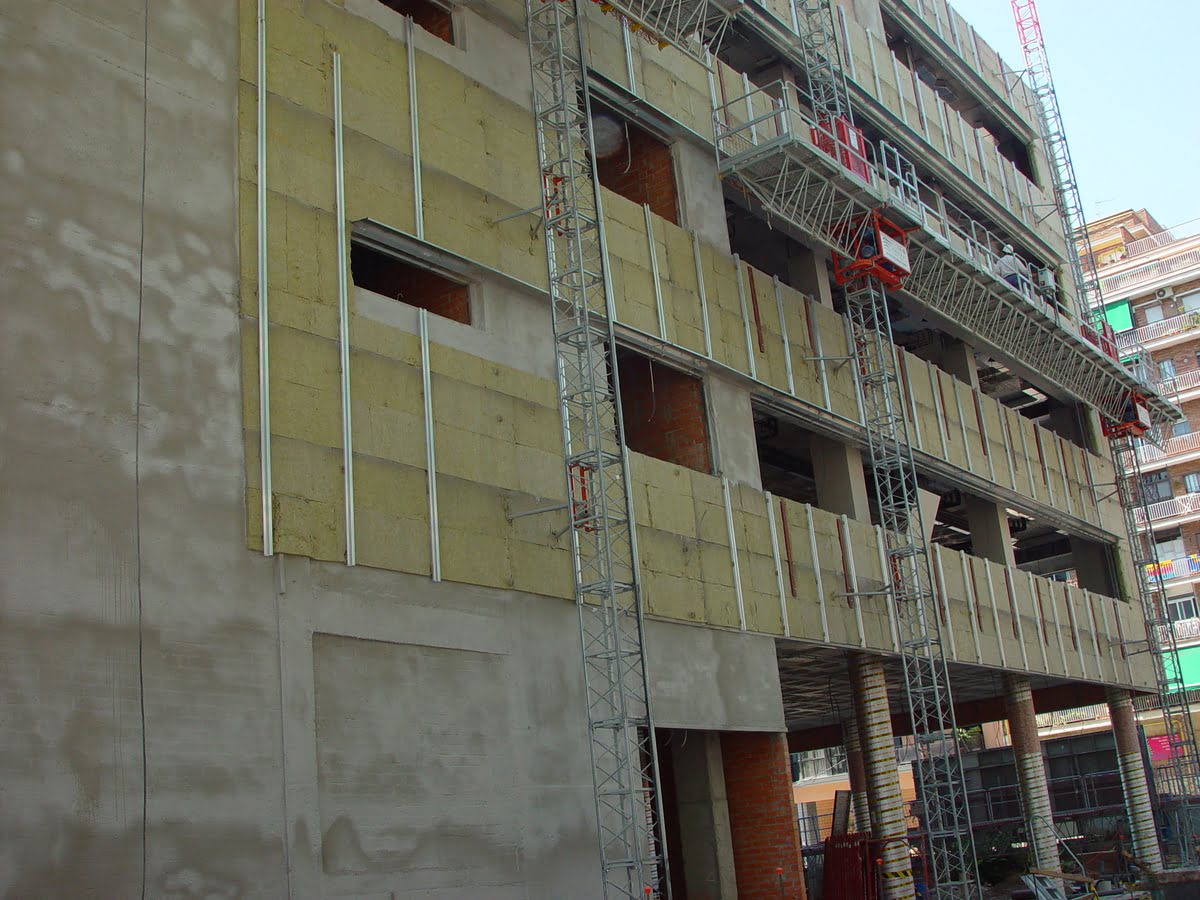

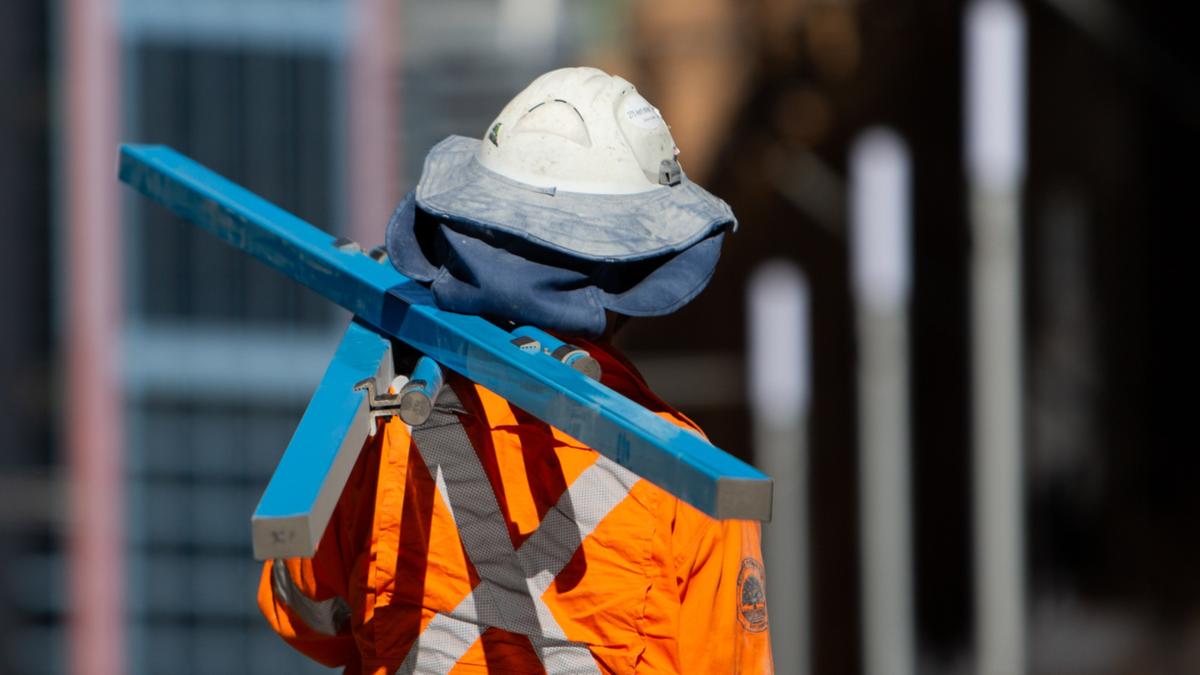

0 thoughts on “What Does ACM Mean In Construction”